SOURCE: RAUNAK KUNDE / NEWS BEAT / IDRW.ORG
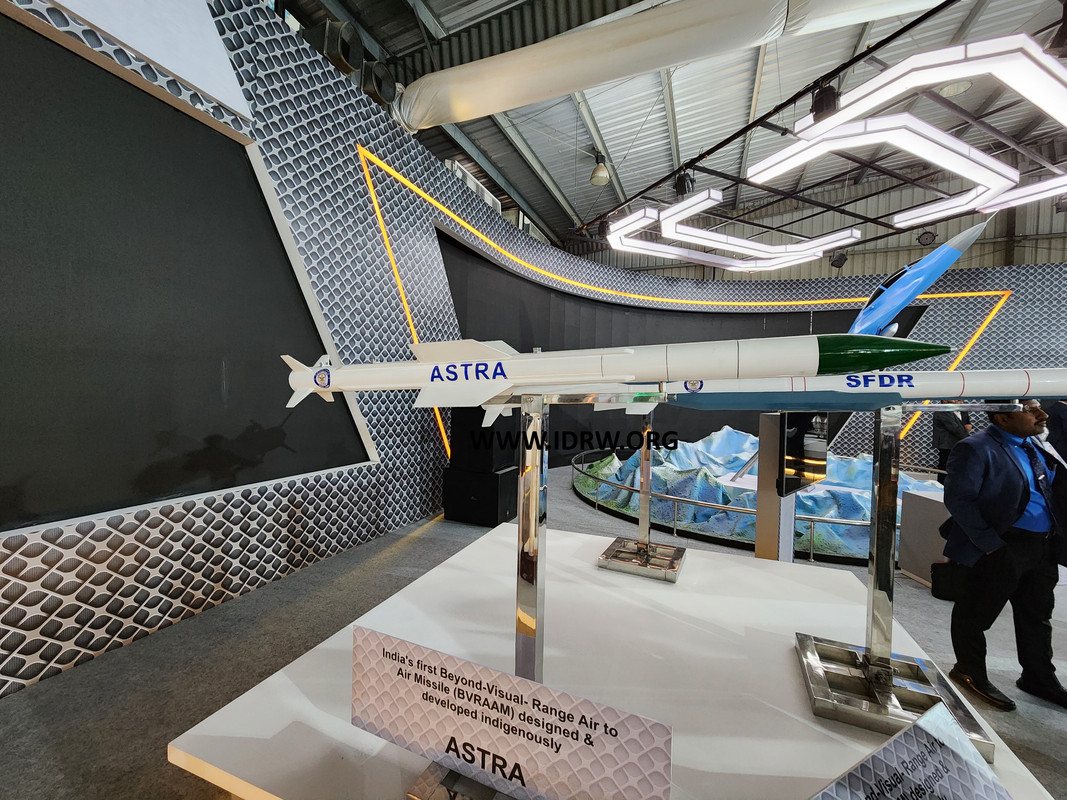
The Indian Air Force (IAF) has witnessed a significant leap in its air combat capabilities, fueled by the indigenous development of the Astra Beyond Visual Range Air-to-Air Missile (BVRAAM). In a recent interview, Air Chief Marshal VR Choudhary hailed the Astra Mk1 as a “tremendous shot in the arm” for the IAF, highlighting its impact on bolstering India’s aerial defence.
The Astra Mk1, developed by the DRDO, boasts an impressive range of 110 km, putting it far ahead of the IAF’s legacy R-77 and MICA missiles, both limited to 80 km. This enhanced reach significantly expands the IAF’s engagement envelope, allowing it to strike enemy aircraft before they enter its operational range. This critical advantage becomes even more pronounced when compared to Pakistan’s primary BVRAAM, the AIM-120C-5, with a comparable range of 105 km.
Continue readingSOURCE: RAUNAK KUNDE / NEWS BEAT / IDRW.ORG

The Indian Army’s air defence arsenal is set for a significant upgrade with the upcoming trials of the indigenously developed Very Short Range Air Defence (VSHORAD) missile. After successful developmental tests last year, the system is poised to undergo crucial user trials by June 2024, paving the way for potential induction within the next few years.
Developed by DRDO’s Research Centre Imarat (RCI) in Hyderabad, VSHORAD marks a major milestone in India’s quest for self-reliance in air defence technology. The man-portable system is designed to neutralize low-altitude aerial threats like helicopters, drones, and fixed-wing aircraft, offering crucial battlefield protection to troops on the ground.
Continue readingSOURCE: IDRW.ORG TEAM
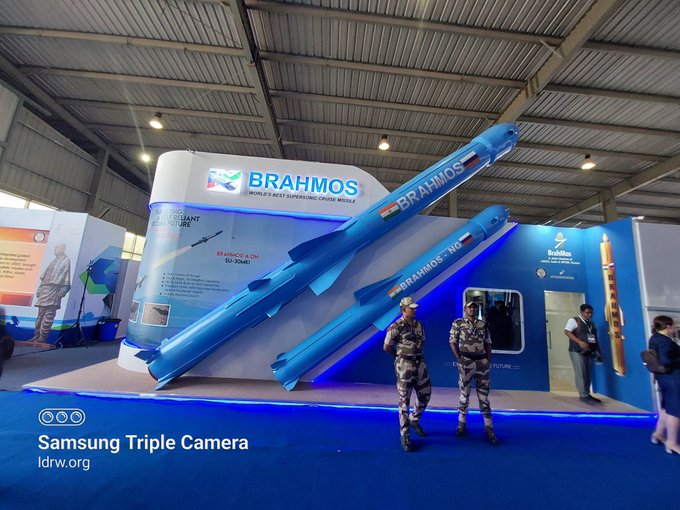
The Indian Air Force (IAF) is gearing up for a significant boost in its offensive power with the upcoming BrahMos-NG Air-Launched Cruise Missile (ALCM). In a recent interview, Air Chief Marshal Vivek Ram Chaudhari expressed the IAF’s keen interest in the missile, highlighting its potential to transform strike capabilities.
The BrahMos-NG ALCM stands out for its significantly lighter weight compared to its predecessor, the BrahMos-A. While the BrahMos-A tips the scales at a hefty 2.5 tons, limiting its compatibility to Su-30MKI fighters, the BrahMos-NG sheds nearly a ton, bringing its weight down to around 1.5 tons. This crucial reduction in weight unlocks a game-changing advantage: universality.
Continue readingSOURCE: IDRW.ORG TEAM

In a significant stride towards innovation in unmanned aerial vehicle (UAV) technology, Kanpur-based Endure Air Systems has introduced the Sabal-10 and Sabal-20 small electrically propelled tandem-rotor aerial vehicles. Engineered primarily for cargo and observation applications, these drones promise to redefine logistics and surveillance capabilities. With a distinctive design and advanced features, the Sabal series showcases the potential of electrically powered UAVs in addressing contemporary challenges.
The Sabal series stands out with its tandem-rotor configuration, offering enhanced stability and maneuverability. These compact drones are equipped with a unique boom rail system, allowing users to attach cargo securely. The boom rail innovation plays a pivotal role in the autonomous operation of the UAVs. Users can load cargo onto the boom rail, and the drone will autonomously fly to its designated destination, execute a precise landing, release the cargo by raising its boom rail hooks, and then return to its next point of take-off.
Continue readingSOURCE: RAUNAK KUNDE / NEWS BEAT / IDRW.ORG

The Indian Air Force (IAF) is gearing up for a major boost in its short-range combat capabilities with the planned acquisition of additional Advanced Short Range Air-to-Air Missiles (ASRAAMs). This domestically manufactured weapon system marks a significant step towards self-reliance in military technology and opens doors for future exports.
The ASRAAM (Advanced Short Range Air-to-Air Missile) is a highly manoeuvrable, within-visual-range missile designed for dogfighting. It serves as the IAF’s go-to weapon for close-quarters aerial combat, ensuring the safety of pilots and the effectiveness of their missions.
Continue readingSOURCE: RAUNAK KUNDE / NEWS BEAT / IDRW.ORG

India’s Defence Research and Development Organisation (DRDO) has announced a critical milestone: the 120mm Cannon Launched Missile Development Programme (CLMDP) known as SAMHO has successfully completed all trials and is now ready for production. This marks a significant advancement in India’s anti-tank warfare capabilities.
Designed for deployment on the Arjun Main Battle Tank, SAMHO packs a powerful punch against modern and future armored threats. Its semi-active laser homing guidance system allows for precise targeting of enemy main battle tanks protected by explosive reactive armor, hardened point targets, and even low-flying helicopters.
Continue readingSOURCE: RAUNAK KUNDE / NEWS BEAT / IDRW.ORG
India’s Defence Research and Development Organisation (DRDO) is taking smoke protection to the next level with its cutting-edge “new age smoke protection system.” This innovative technology promises to revolutionize battlefield defence, offering light military and civilian vehicles unprecedented protection against unexpected attacks.
DRDO’s existing 81mm Anti Thermal-Anti Laser smoke grenade, while effective in blinding enemy tanks with thermal imaging and laser equipment, has limitations. It’s primarily suited for heavier armoured vehicles and lacks the flexibility needed for dynamic situations.
Continue readingSOURCE: IDRW.ORG TEAM

A recently leaked image online has sparked discussions about the Indian Army’s latest defensive measure for its T-72 tanks: the “Cope Cage” armor. This metal framework, seen earlier on T-90 MBTs last year, aims to provide overhead protection against anti-tank threats.
The new “Cope Cage” design on the T-72 stands out from the earlier, hastily fabricated versions seen on T-90s. The consistent build quality suggests it’s not a crew-improvised solution, but rather a standardized one, potentially hinting at official Indian Army adoption.
Continue readingSOURCE: IDRW.ORG TEAM

Abyom SpaceTech, a promising Indian startup aiming to revolutionize space exploration, has received a significant boost from the Ministry of Electronics & IT (MeitY). The government agency has chosen Abyom’s innovative Mobile Engine Testing Facility (METF) for commercialization and scaling up, providing a grant to support the endeavor.
This significant development marks a major step forward for Abyom’s ambitions to democratize access to space technology. The METF is a unique, portable facility that allows for the testing and validation of rocket engines at various locations, significantly reducing costs and timeframes associated with traditional testing methods.
Continue readingSOURCE: RAUNAK KUNDE / NEWS BEAT / IDRW.ORG

The ongoing war in Ukraine has triggered a surge in interest in the BrahMos supersonic cruise missile, with makers witnessing a significant increase in sales inquiries from countries reassessing their missile arsenals. Sources familiar with the matter attribute this surge to the perceived limitations of subsonic cruise missiles highlighted by the conflict.
Reports suggest that subsonic cruise missiles deployed by Russia in Ukraine have faced an interception success rate exceeding 60%, hindering their effectiveness against heavily defended targets. This stands in stark contrast to the BrahMos’ predecessor, the P-800 Oniks, a supersonic cruise missile boasting an interception success rate below 10% even when targeting highly defended areas.
Continue readingSOURCE: RAUNAK KUNDE / NEWS BEAT / IDRW.ORG
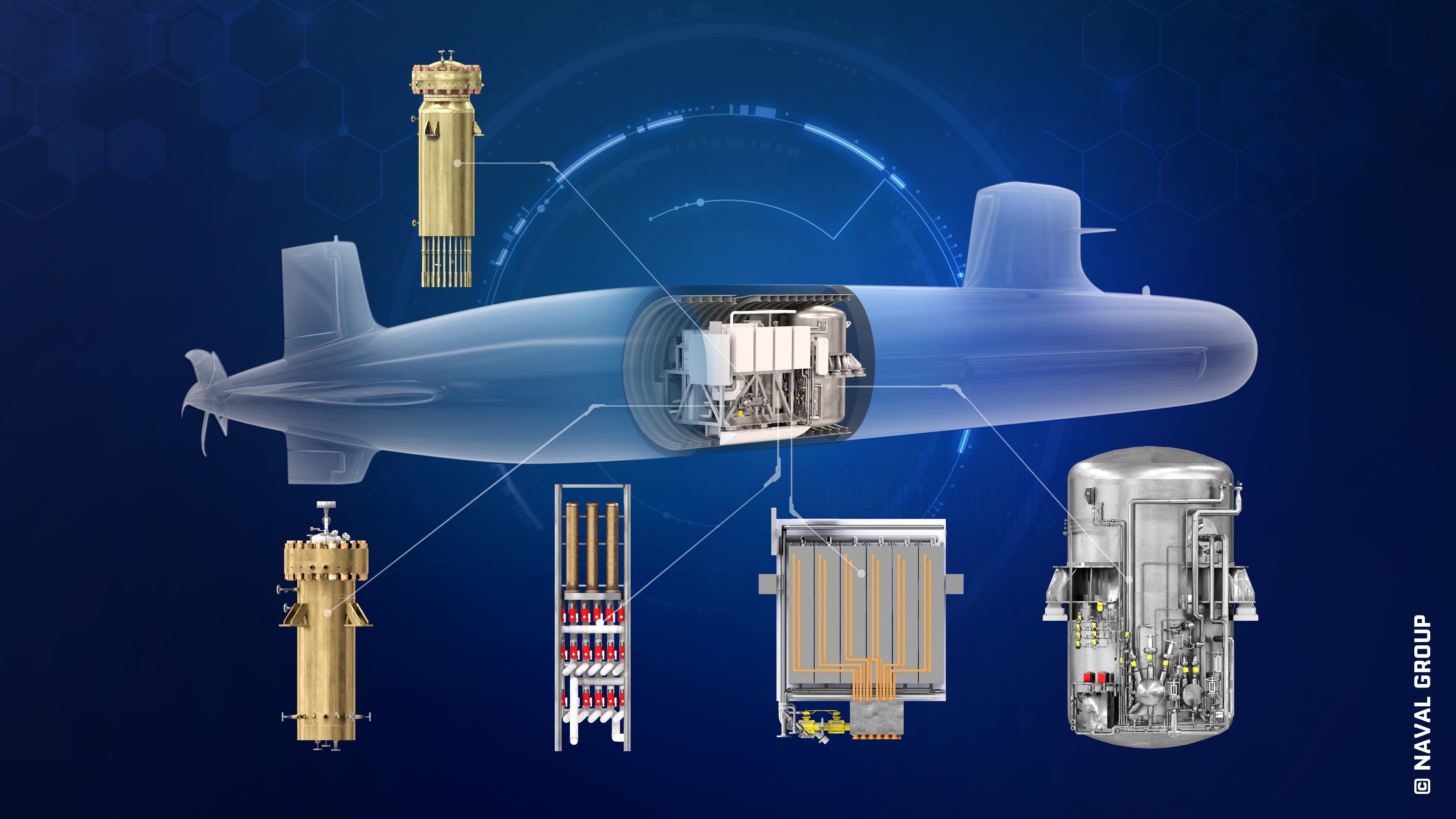
India’s quest for self-reliance in underwater warfare takes a major leap forward with the development of an indigenous Air Independent Propulsion (AIP) system by the DRDO’s Naval Materials Research Laboratory (NMRL). This game-changing technology promises to significantly enhance the submerged endurance of Indian submarines, giving them a decisive edge in maritime operations.
At the heart of this innovation lies a Phosphoric Acid Fuel Cell (PAFC)–based AIP system. This technology allows submarines to stay submerged for extended periods without surfacing for air, thanks to the conversion of hydrogen and oxygen into electricity. Initially, a 250-kilowatt (kW) system will be integrated into the lead Kalvari-class submarine starting in 2025.
Continue readingSOURCE: RAUNAK KUNDE / NEWS BEAT / IDRW.ORG
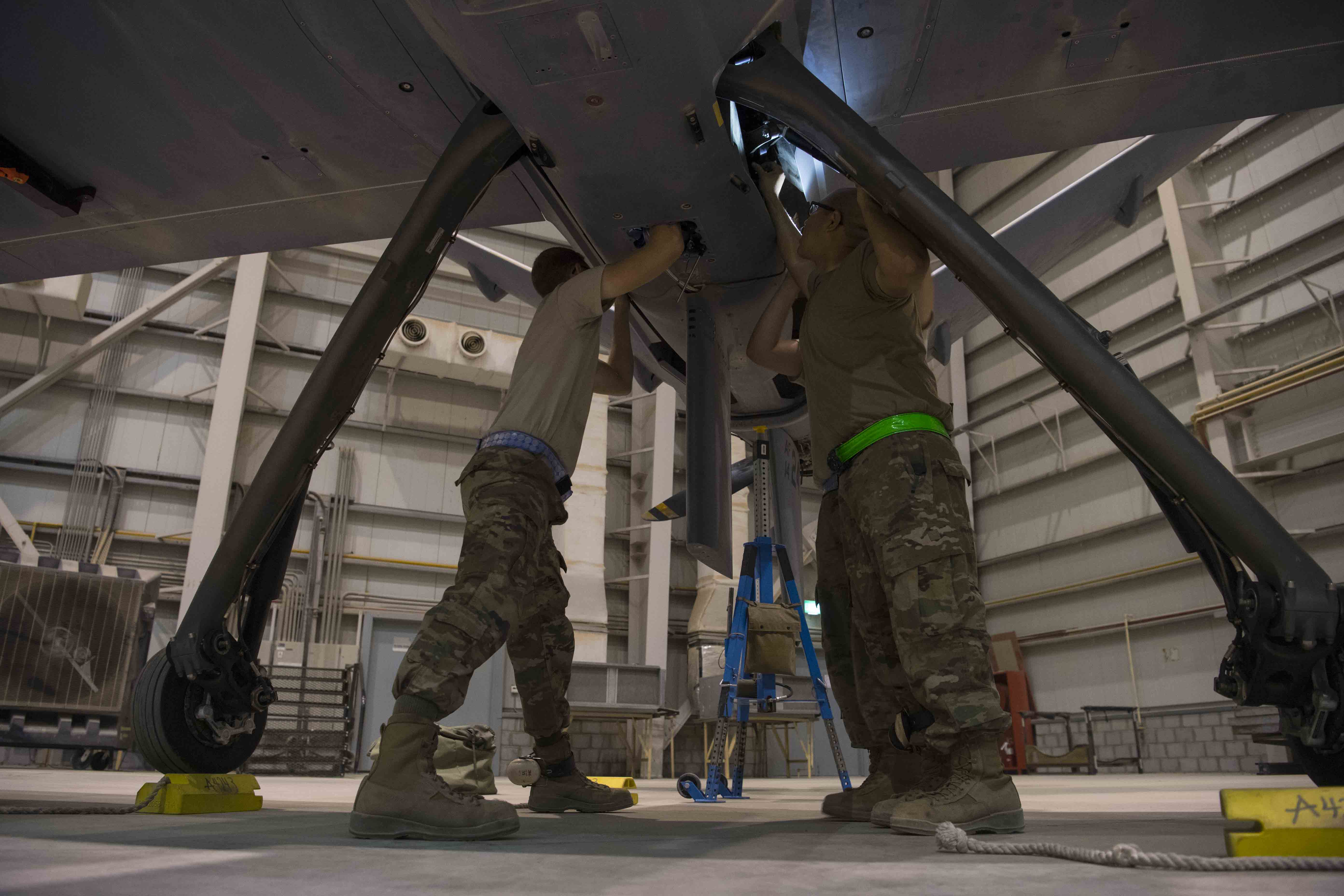
Renowned for its expertise in the automotive and industrial sectors, Bharat Forge has set its sights on a new frontier—the aerospace industry. With ambitious plans to manufacture critical components for both civilian and military projects, the company aims to play a pivotal role in advancing India’s capabilities in aerospace technology.
Bharat Forge, a stalwart in the field of engineering and manufacturing, is diversifying its portfolio by venturing into the aerospace sector. The company has identified opportunities to manufacture key components essential for aircraft, including landing gear, transmission systems for helicopters, and gearboxes for various types of aircraft. This strategic move aligns with Bharat Forge’s vision to contribute to both civilian and military aerospace projects, capitalizing on the significant growth potential in the sector.
Continue readingSOURCE: IDRW.ORG TEAM

The 76th Indian Army Day witnessed not just a display of military might but also a glimpse into the Army’s increasingly sophisticated electronic intelligence (ELINT) capabilities. The showcased interface, pictured above, offered a fascinating window into the world of real-time data and analytics that empower the Army’s crucial information gathering efforts.
The interface’s metrics paint a vivid picture of the system’s active operations. With 248 “Total Radars” and 26 “Active Today,” it’s clear that the system is constantly monitoring and analyzing electronic signals across a vast spectrum. The “Highest Activity” in the “5 Corps” further reveals a focused attention on a specific area of interest. These real-time insights empower commanders with the ability to make informed decisions, respond swiftly to threats, and maintain situational awareness in a dynamic battlefield environment.
Continue readingSOURCE: IDRW.ORG TEAM
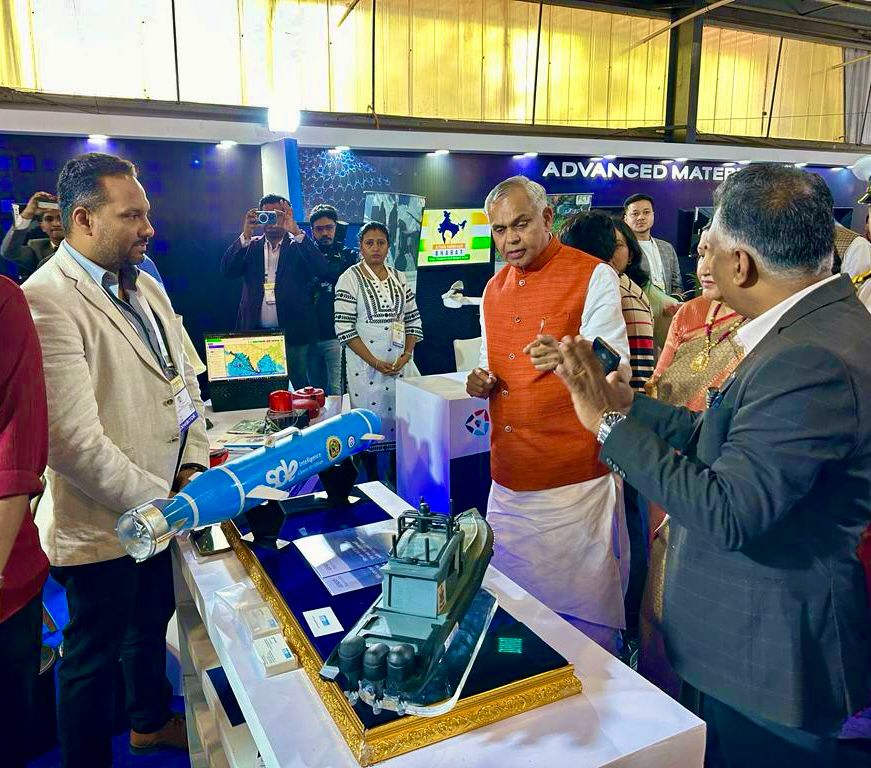
Amidst the dazzling displays of culture and commerce at the Vibrant Gujarat summit, Sagar Defence Engineering stole the show with a glimpse into the future of underwater warfare: its Autonomous Swarm (AUTONOMOUS SWARM) technology. This groundbreaking system unleashes a coordinated attack of intelligent underwater drones, promising to revolutionize mine countermeasure operations and redefine naval combat.
AUTONOMOUS SWARM is not just a single drone; it’s a coordinated ballet of unmanned underwater vehicles (UUVs) working in unison. These agile drones, equipped with advanced sensors and AI algorithms, work together to locate, identify, and neutralize underwater mines with unprecedented efficiency and precision.
Continue readingSOURCE: RAUNAK KUNDE / NEWS BEAT / IDRW.ORG
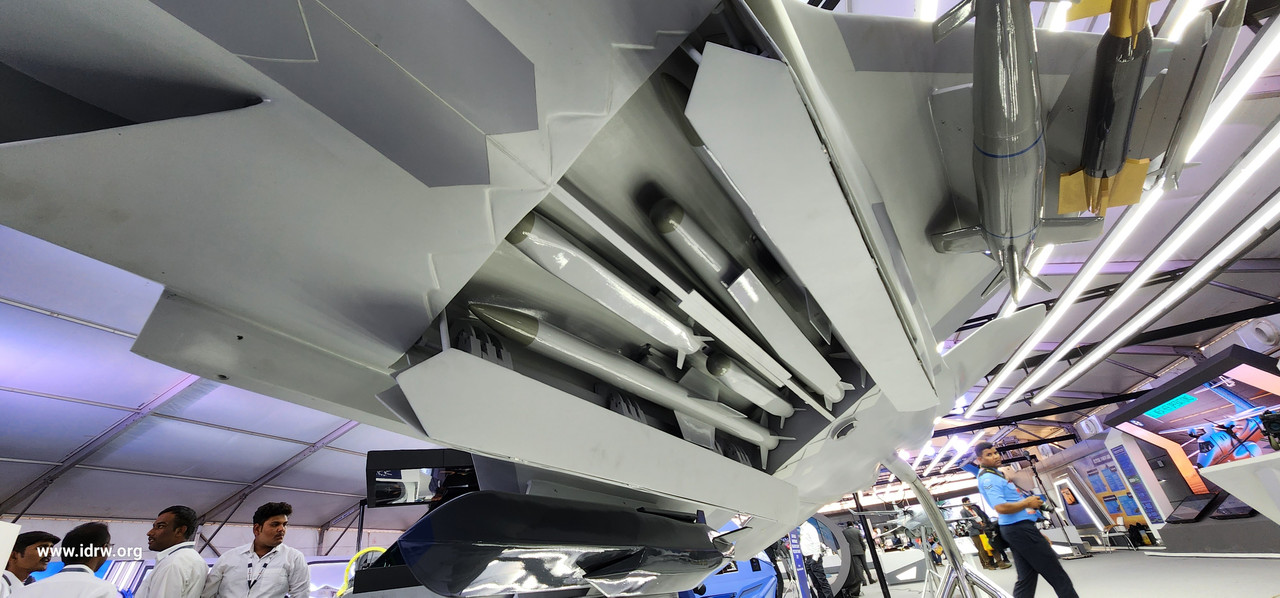
While Asian giants like China, Korea, Turkey and Japan have taken the lead in the 5th generation fighter jet race, India’s Advanced Medium Combat Aircraft (AMCA) program seems content to be the last entrant. However, the complacency doesn’t extend to the 6th generation, where experts warn the Indian Air Force (IAF) risks falling even further behind.
With countries like France, the UK, the US, France and even Turkey announcing ambitious 6th generation programs, India remains curiously passive. Defence expert Ranesh Rajan points out the IAF’s “wait and see” approach, relying on others to define the technology and capabilities of the next generation, rather than actively shaping its vision. This wait-and-watch could leave India playing catch-up yet again.
Continue reading